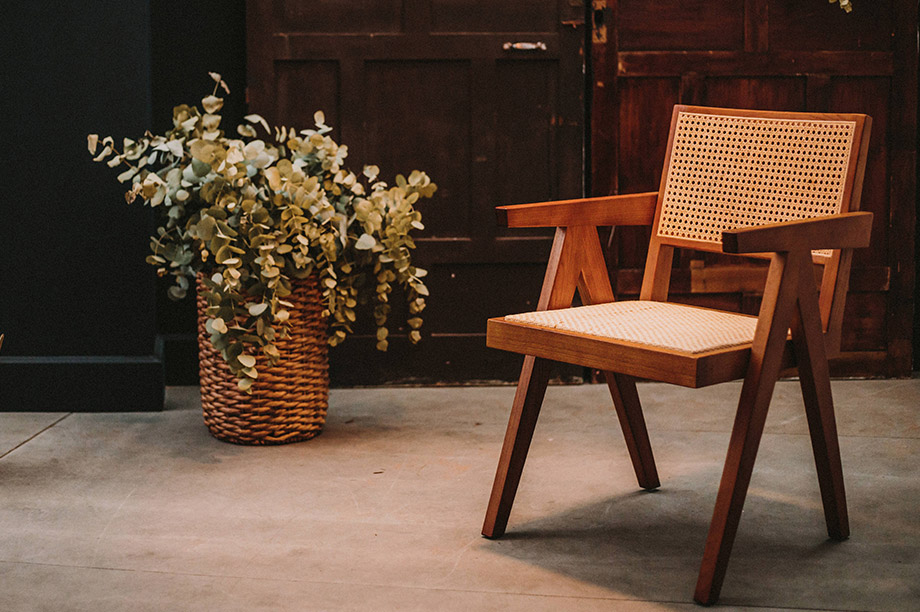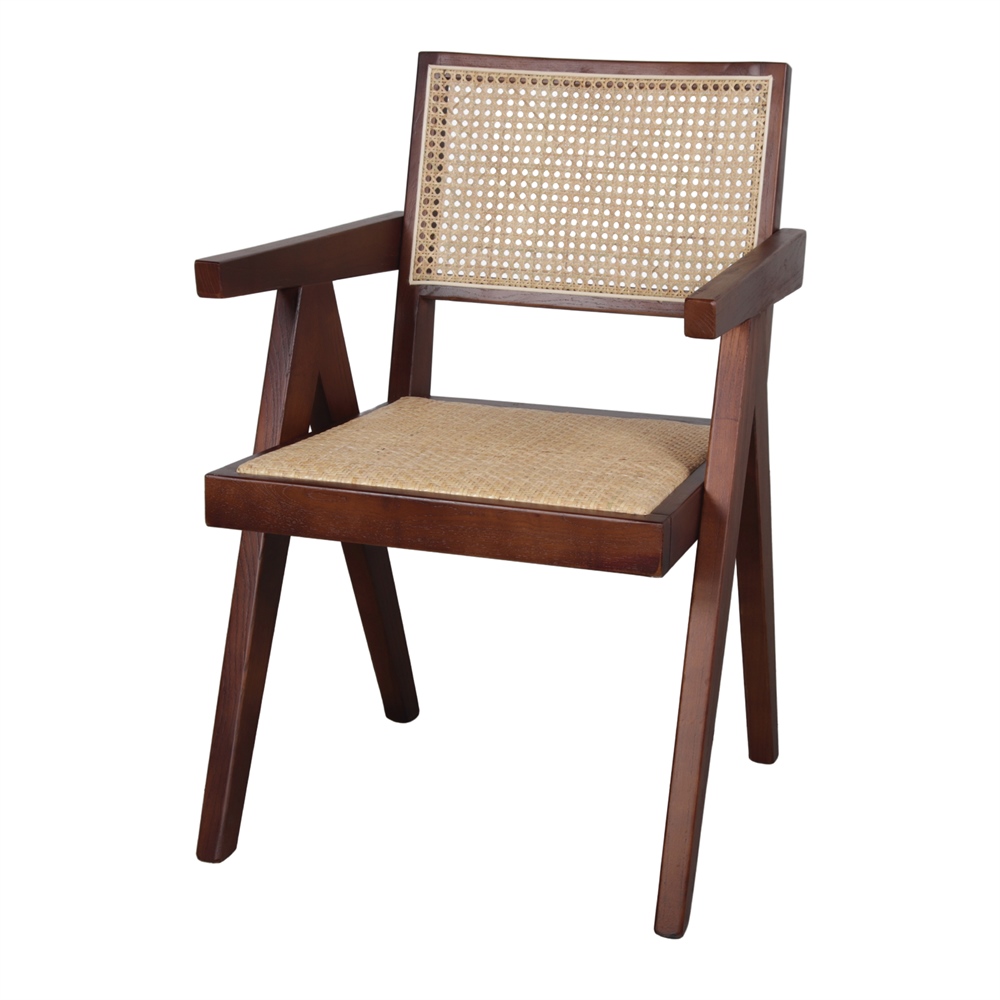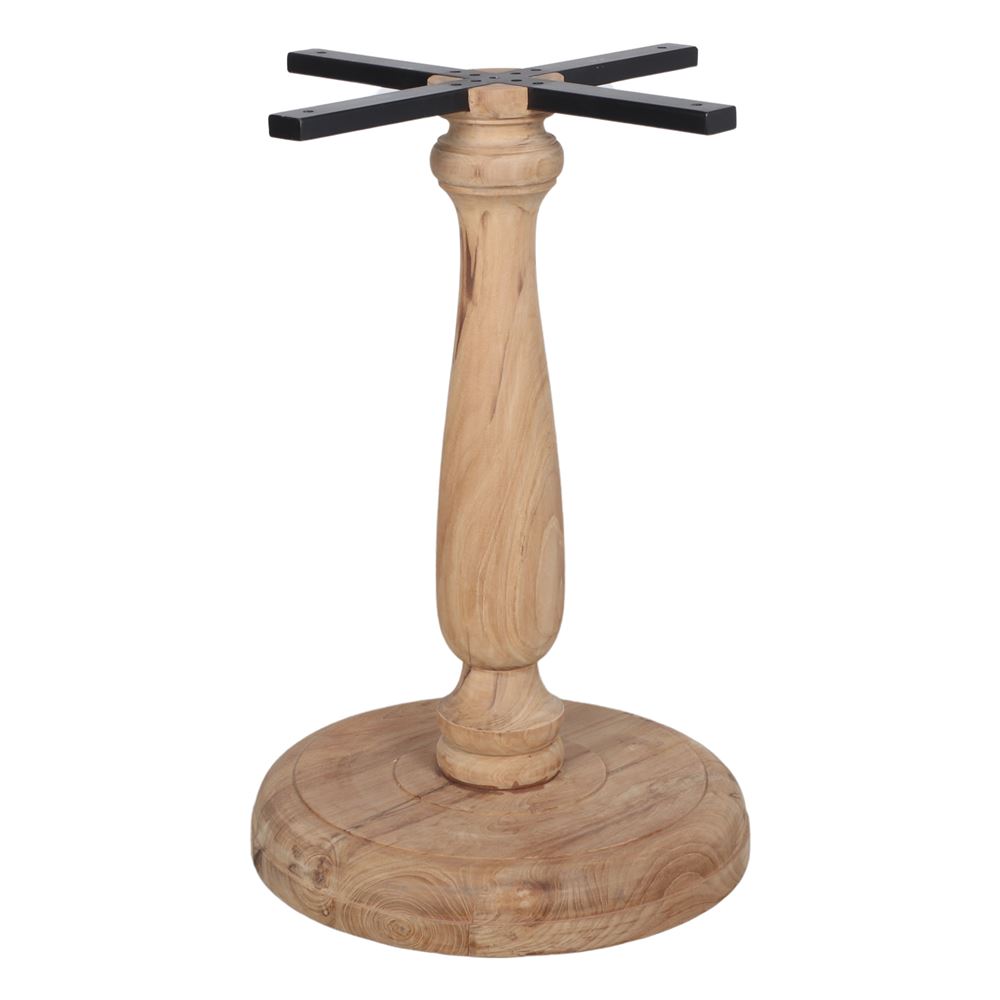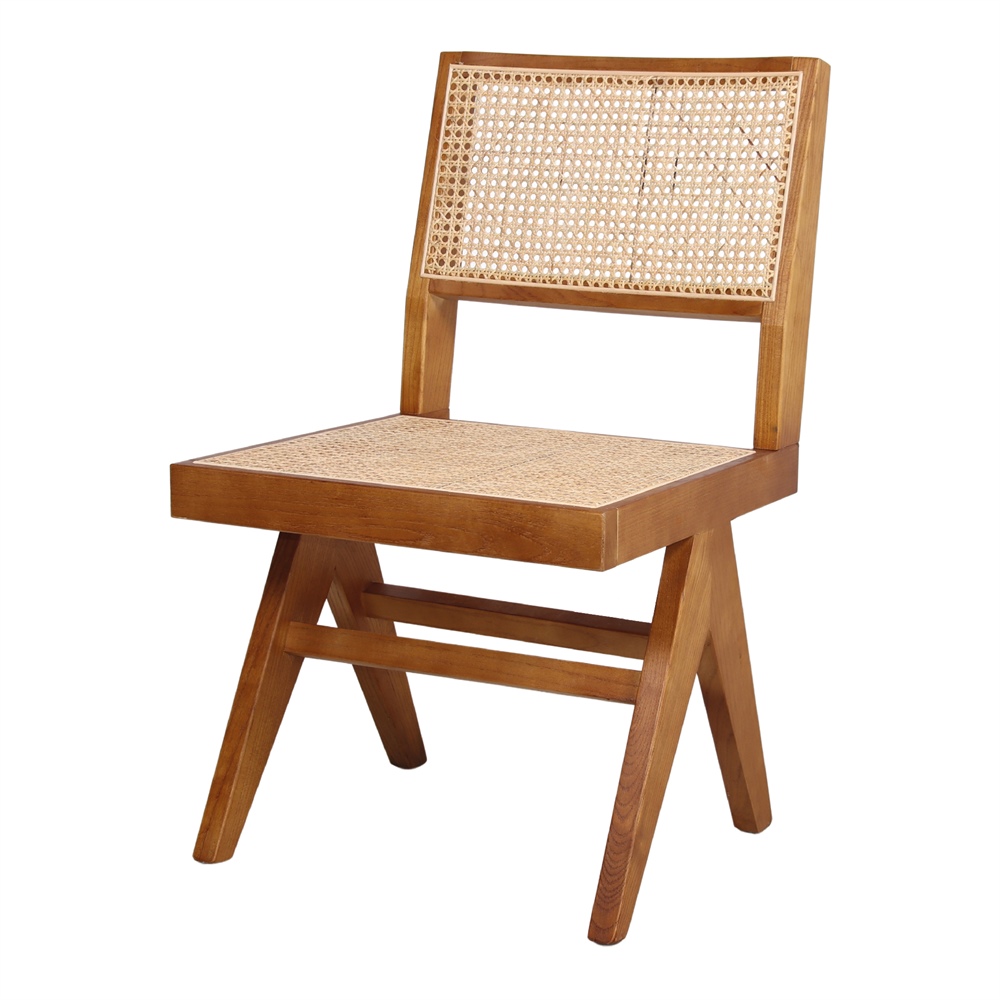Kourtney Kardashian has shown them off: she has at least a dozen original Chandigarh chairs in her Calabasas home in Los Angeles. And it is not easy to get them: their price is exorbitant, and, in addition, it is forbidden to take them out of India, where they were created, without the permission of the Minister of Culture.
You are probably wondering why a country would not allow a chair that is not made of luxury materials, but of teak – a very common wood in India – and vegetable fibers, to be taken out of the country.
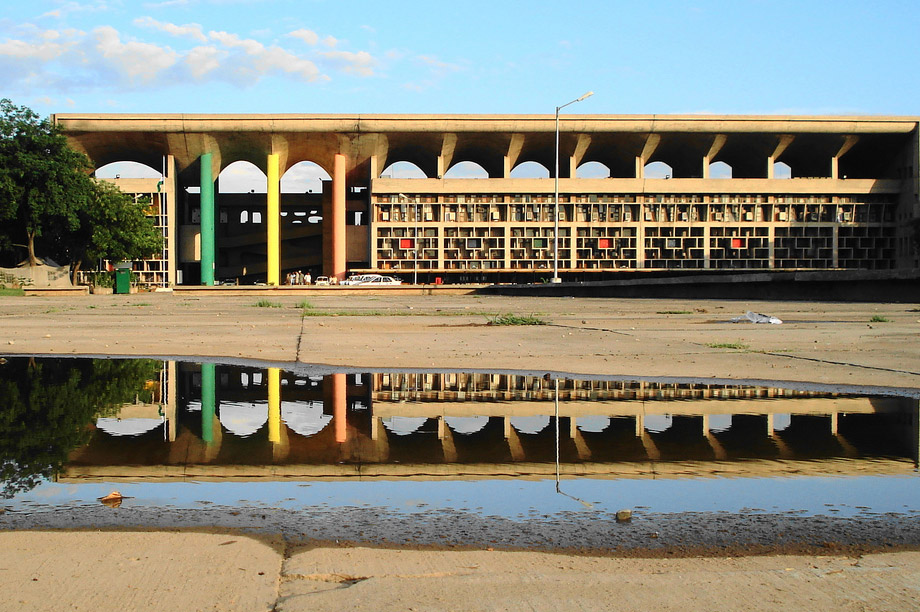
Chandigarh High Court
The answer encompasses a fascinating story, involving a great architect and a city with vast green spaces and rotund brutalist buildings with colorful interiors. A city like no other of the many that dot the Asian country. Indeed: like no other in the world. We are talking about Chandigarh, the city designed by none other than Le Corbusier, perhaps the most influential name in modern architecture.
Le Corbusier’s Five Points for a New Architecture
The Swiss architect Le Corbusier, born in 1887, revolutionized the world in the 1920s with his theories that houses should not only be beautiful, but also useful and functional. He was also the first to build with reinforced concrete, which gave him the possibility of constructing taller and, at the same time, lighter buildings.

Around these two concepts, Le Corbusier published in 1926 his famous Five points for a new architecture:
- The first floor would be on pilotis (pillars), on which the whole building would rest. The garden would be located on this floor, under the house. Moreover, thanks to this system, cars would be able to enter, exit and park easily.
- Load-bearing walls would be dispensed with thanks to the use of new materials such as reinforced concrete, which allowed only pillars to be used. In this way, the space could be left completely diaphanous – loft-like – and divided with walls according to the needs of its inhabitants.
- The facade would only serve as an enclosure, as a kind of ‘corridor’ to separate the exterior and interior of the house, which also offered greater constructive freedom.
- Along the entire length of this façade would be a long horizontal window, which would allow all rooms to receive the same amount of light.
- The roofs were to be flat, to serve as gardens that would protect the house from the weather and give the building an open-air floor plan.
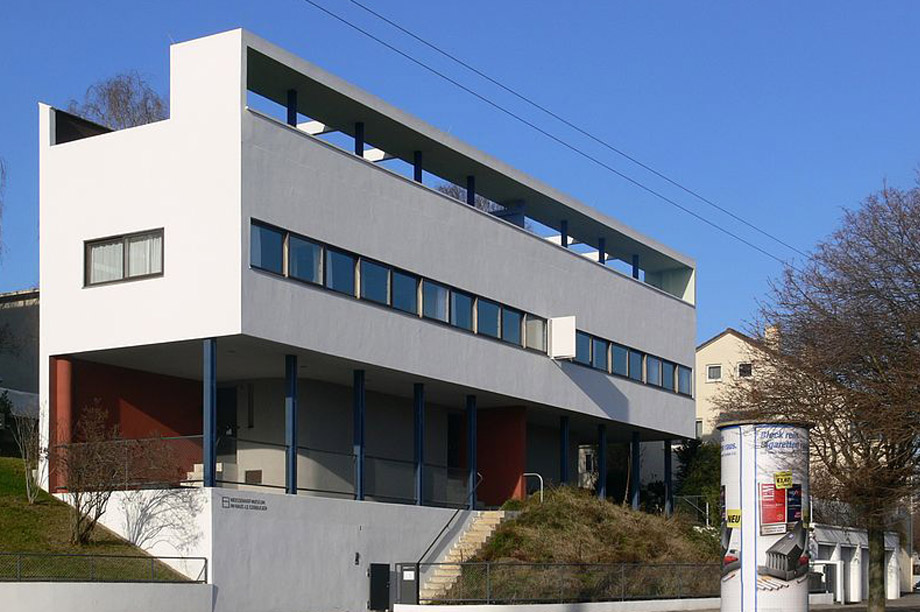
The house Le Corbusier built for the Weissenhofsiedlung exhibition in Stuttgart is a perfect example of his Five Points for a New Architecture.
Very many buildings of the Modern Movement and later of the International Style, would also respect these principles which Le Corbusier put into practice in his many architectural works, 17 of which have been declared World Heritage of Humanity. One of those that has deserved such recognition is precisely the Chandigarh Assembly Hall.
The curious foundation of Chandigarh
Now that we know its author better, let us return to the captivating story of the city of Chandigarh whose name is a combination of ‘Chandi’, the goddess of power and transformation and ‘Garh’, meaning fortress. Both qualities were undoubtedly necessary to build from scratch this city that responded to the need for a new capital for the current states of Punjab and Haryana, after India gained independence from Great Britain in 1947.
The design of the city, which was to accommodate 150,000 inhabitants – although more than a million people now live there – was initially entrusted to architect Matthew Nowicki and town planner Albert Mayer, who went on to create an initial town planning scheme. However, Nowicki’s tragic death in a plane crash led to the search for a new architect.
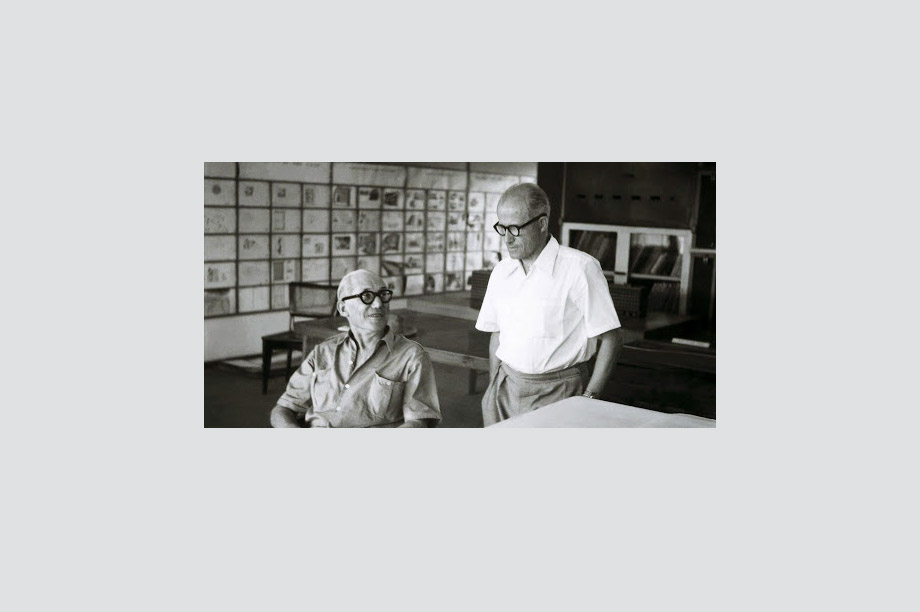
It would be Le Corbusier, known for his penchant for innovation in social housing planning, the name chosen to finally initiate the project along with his associates Jane B. Drew and Maxewell Fry and a team of local architects and engineers. And this is where a key name appears in this story: that of his cousin, Pierre Jeanneret.
The architect would partner with Le Corbusier and be on the ground every day, from the time construction began in 1951… and long after it was finished, living in Chandigarh until two years before his death in 1967. Le Corbusier would limit himself to visiting the site twice a year, supervising the work from Paris.
In a February 1951 letter to Yvonne, his wife, Le Corbusier recounts the final part of the planning process: “I have put the finishing touches to the plan for what is to become a unique city in the world, built for people to live in simplicity and joy.“
Ver esta publicación en Instagram
The novel features of the city of Chandigarh
Following a modification of Mayer’s first plan, the city of Chandigarh was divided into sectors, ranging from 1 to 60. Each of these sectors functions as an independent city with its own markets, temples and schools located within a ten-minute walk from either end. It also has a bike path running through its green belts.
The fact that the area had so many schools was, in fact, very relevant in its beginnings, as it made it possible for the literacy level to reach 98%, a milestone at the time that turned the capital into a benchmark of academic excellence in India.
Ver esta publicación en Instagram
The buildings are rotund, sculptural, brutalist cut, based on the famous Five points for a new architecture. One of the most striking is the aforementioned Palace of the Assembly, whose external form is inspired by bull horns, an animal that captivated le Corbusier since his first contact with India.
Its interior however is unexpectedly colorful, with several murals and doors decorated with paintings by the architect himself based on Indian motifs. And it has a very special piece of furniture: the one designed by Pierre Jeanneret, including of course the famous Chandigarh chair.
The Chandigarh villa by Pierre Jeanneret
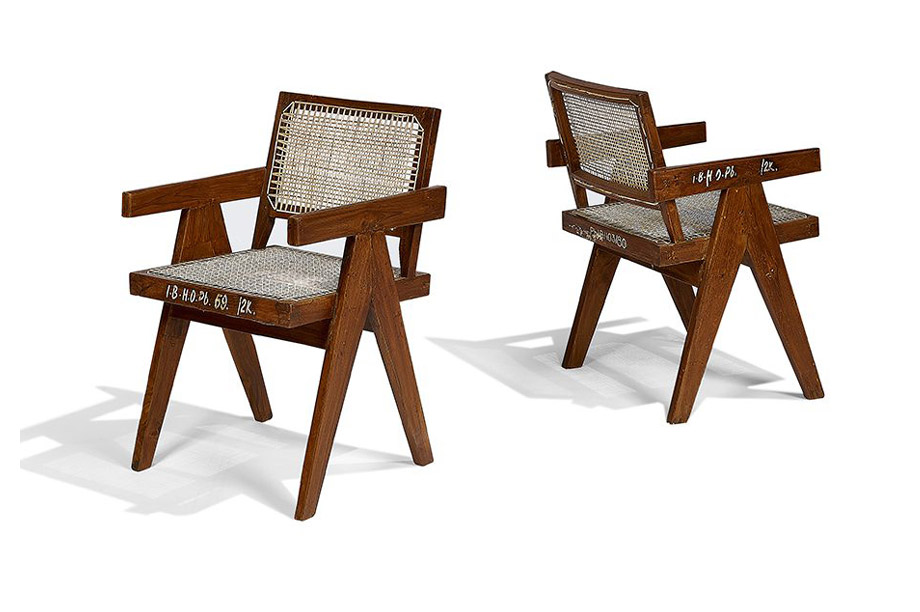
Le Corbusier’s cousin designed for the administrative buildings of the new city a complete line of furniture of functional and refined forms, which referred to the Modern Movement. However, as agreed with the country’s government, they were made in local workshops, using local, affordable materials appropriate for the climate, such as teak, wicker, bamboo and leather.
From the 1980s onwards, those original pieces were not at their best: deteriorated by use and time, they began to pile up in public warehouses. Some, those that were saved from destruction, were sold for a handful of rupees.
But by then, Western connoisseurs had set their sights on one piece of furniture that seemed to stand out from the rest: the different variants of an inverted v-shaped chair, originally intended as office furniture, which soon became an object of desire and came to be known in the design world as the Chandigarh chair.
Why do the world’s top interior designers love the Chandigarh chair?
Ver esta publicación en Instagram
Jeanneret’s pieces were conceived in theory under strict utilitarian criteria but their particular organic friendliness gave them a warm elegance that delighted decorators, who began to add them to the most sophisticated interiors in Europe and America.
As a result, interest rose within India itself in the furniture that had hitherto been piled up rickety in the basements of Chandigarh. So much so that in 2011 the government recognized them as part of the country’s heritage and prohibited them from crossing borders without the express approval of the Minister of Culture.
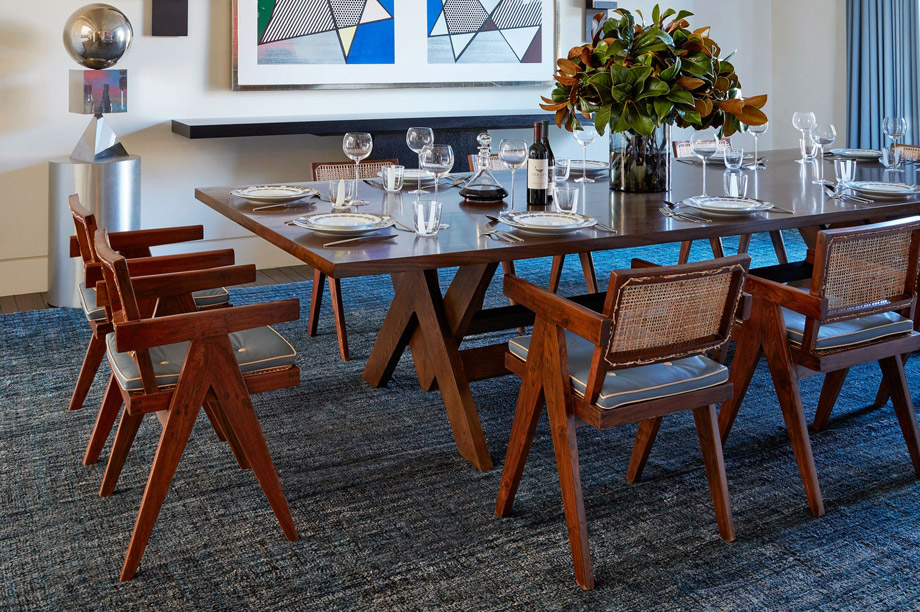
As a result of this decision the original chairs became scarcer on the international market and therefore even more desirable. Prices rose stratospherically so that only the very wealthy were able to include them in their collections. And this is where Kourtney Kardashian and the twelve original Chandigarh chairs she owns in her dining room come in.
However, if you’re interested in the world of decorating you may have noticed that these seats are increasingly seen in trendy interiors, without needing to belong to the homes of the world’s wealthiest. How is this possible?
We find the answer in the dawn of Chandigarh itself, among whose documents paradoxically no furniture drawings signed by Pierre Jeanneret can be found. It is assumed that they were his from interviews and other information but as there is no official data of his authorship, his designs can be reproduced at will.
So you can take home a replica of the iconic Chandigarh chair with a frame made of elm wood and seat and back in rattan lattice for a price that will not break your pocket… and that will allow you to house a piece of architectural history in your home.
Capitol wooden chair. made of solid elm tree wood.
Seat and backrest made of cannage type rattan grid.
Transparent varnish finishing.
Measurements:
57x60x86 cm | Seat height: 46 cm | Armrest height: 67 cm
169,00€ without VAT
From 204.49€ ( incl. VAT )
Balford wooden chair, made of solid elm tree wood.
Seat upholstered in fabric and backrest made of cannage type rattan grid.
Measurements: 57x60x86 cm | Seat height: 48 cm | Armrests: 67 cm
164,00€ without VAT
From 198.44€ ( incl. VAT )
Follow us on Instagram
Are you decorating your spaces with MisterWils' furniture? Tag us on your Instagram posts so we can share it and keep inspiring our decolovers and interior designers network.

